Cases where a consideration arises from a design conversation are not very common about the value of life and the intimate meaning of existence. WITH Titian storman artist rather than a fabric designer, that is possible.
How is it possible to talk about it symbiotic relationships that rule nature – a great inspiration in the work and daily life of creators – or how creation can sublimate the freedom of individual life – the freedom of Storm – who fights against labels. “I have been diagnosed with many mental health problems since I was eleven years old. Because of all the labels I have been given, I have become very allergic to any labels and “boxes”. I refuse to pick a brand because it’s all the same and that’s me“, admits Storm.
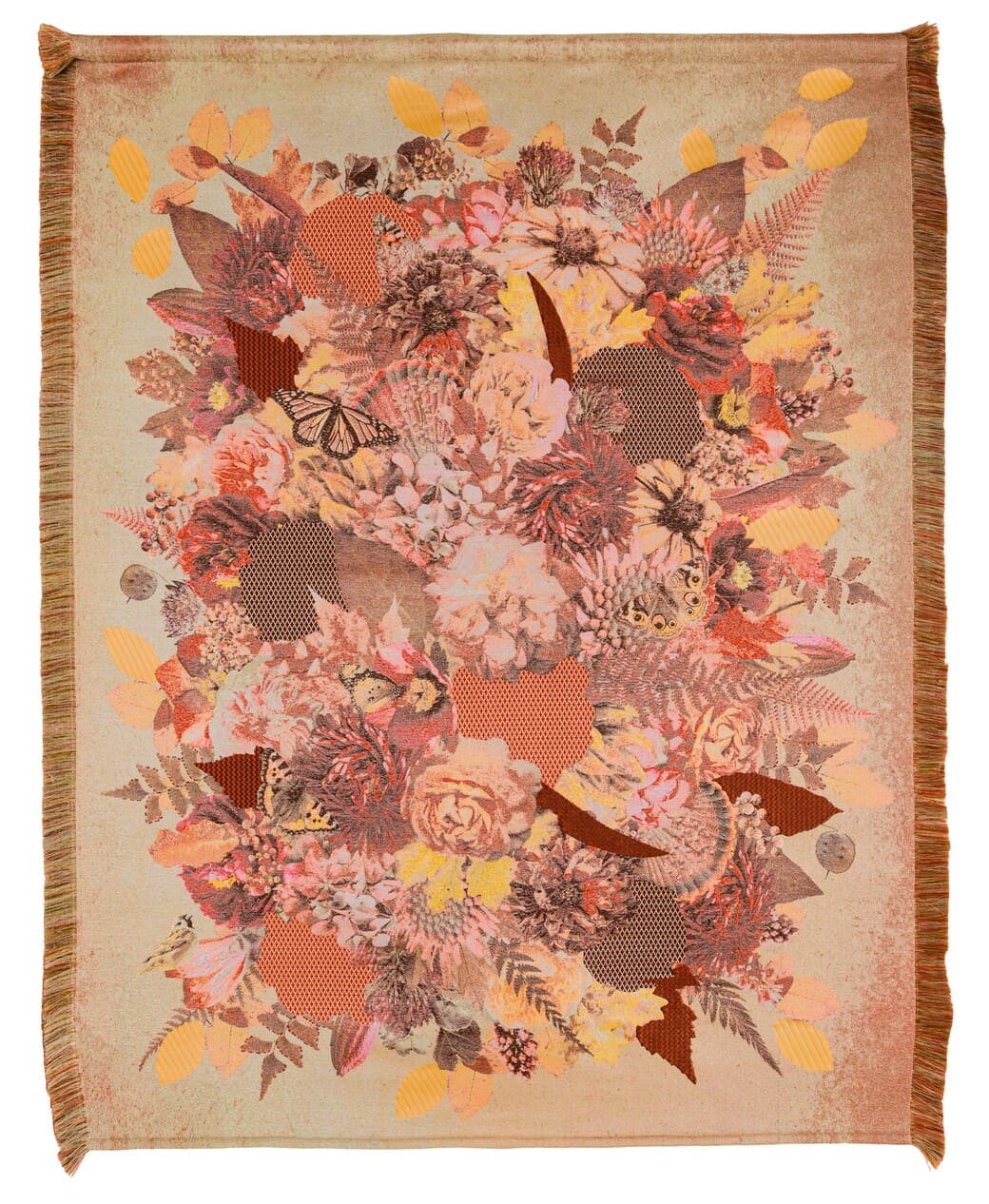
He studied fashion design atAmsterdam Fashion InstituteStorm quickly became passionate patternson prints and ai fabrics. An attraction that made her set up her own studio and combine it with fruitful experience in the industry Marcel Wanders and cooperation with well-known fashion and design brands.
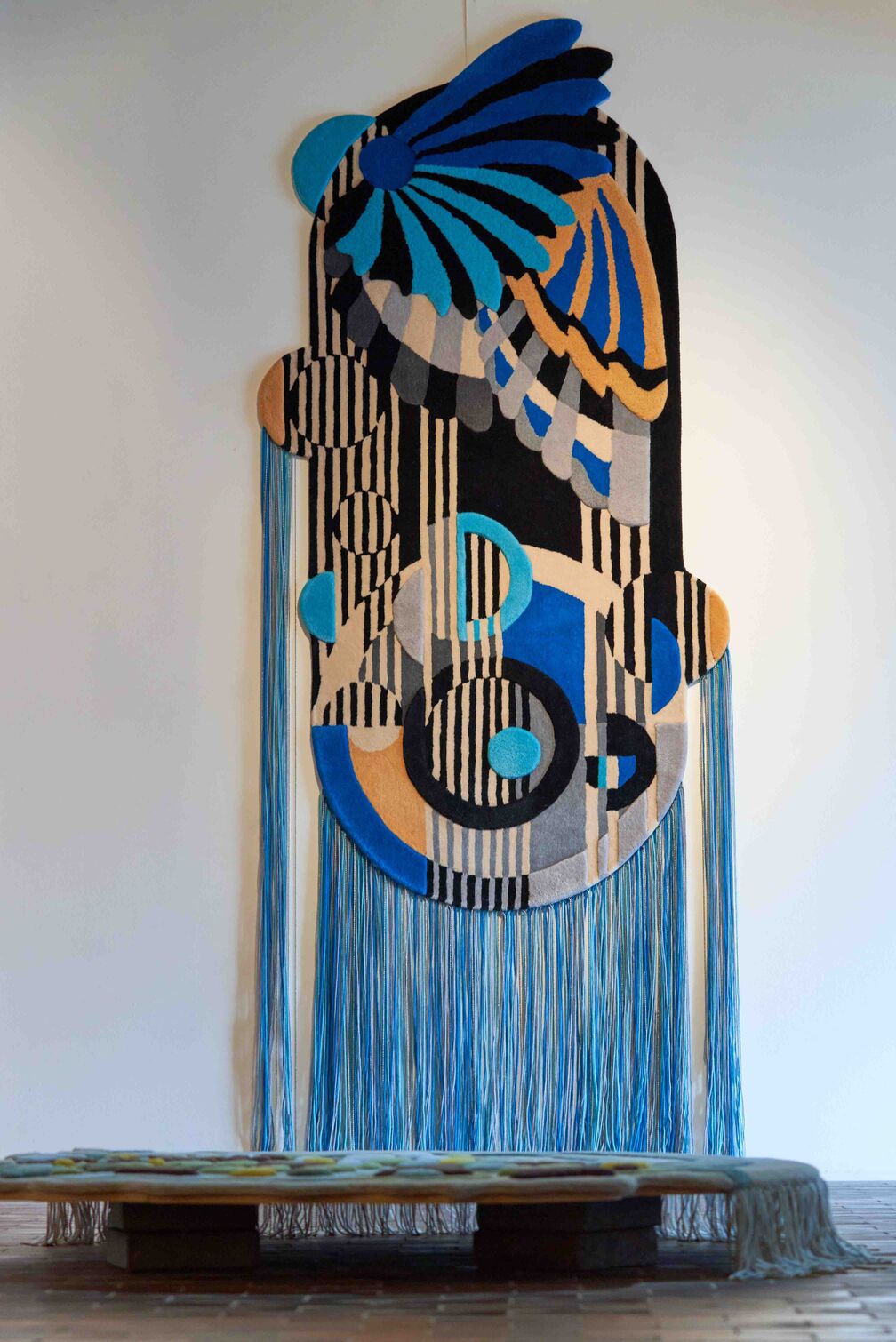
Hosted on premises Gallery of Rossano Orlandi during Design Week with The art of living together, A storm in his wall decorations and tapestries, among them Assembly graphic and digital, it combines refined taste for decoration with poetics with a strong aesthetic as well as ethical impact.
CONVERSATION
The textures, colors and weaving of the tapestries are not very different from those stories. What stories do you want to tell with your works?
It is a story with multiple points of view that is the story of life itself. I found inspiration about natural symbiosis when I stayed in Angola and South Africa in 2019 and 2020. The cooperation between species fascinated me and I immediately felt the need to preserve these discoveries for the future. At the same time, I experienced different cultures in these countries and began to look for similarities between nature and humanity, further developing my interest in evolution. I think the natural flow of symbiosis is completely out of balance with human society, especially when we look at the history of colonization of these countries. Humanity can be so parasitic, both to others and to nature, and I believe we are at a point where this behavior is spiraling out of control. I believe I want to make people aware of this issue and ask them to reconnect with nature and organic evolution so that we can once again grow towards a positive symbiosis and evolve in harmony with each other and with nature.
Your visual world is characterized by contrasts: chromatic, formal, instrumental. The boldest colors combine with the subtlest, geometric shapes with the most abstract, digital tools combine with craftsmanship. How did it all come about?
The main and deepest reason is based on a very personal story. Since the age of eleven, I have been diagnosed with too many psychological problems to count on two hands. I’ve struggled with this all my life and during Covid I did a bit of introspection again and realized that most of my problems were caused by an internal paradox: my emotions are often so heavy and overwhelming that I can’t handle them and as a result I have developed many mechanisms coping. These include my self-control, over-analysis, and my obsessive attention to detail and desire for geometric order. However, all these “rational” mechanisms also cause the opposite effect: my emotions are suppressed and become even more intense until they explode uncontrollably. My work translates the delicate balance I constantly struggle with internally and allows me to try to understand this life and myself. Also, because of all the mental labels I’ve been given, I’ve become allergic to any labels and “boxes”. I can’t stand the way society, organizations, and systems focus on labeling, control, and top-down rules. I refuse to choose because everything is the same and it’s me.
MY WORK TRANSLATES THE FRAGILE BALANCE WITH WHICH I CONSTANTLY STRUGGLE
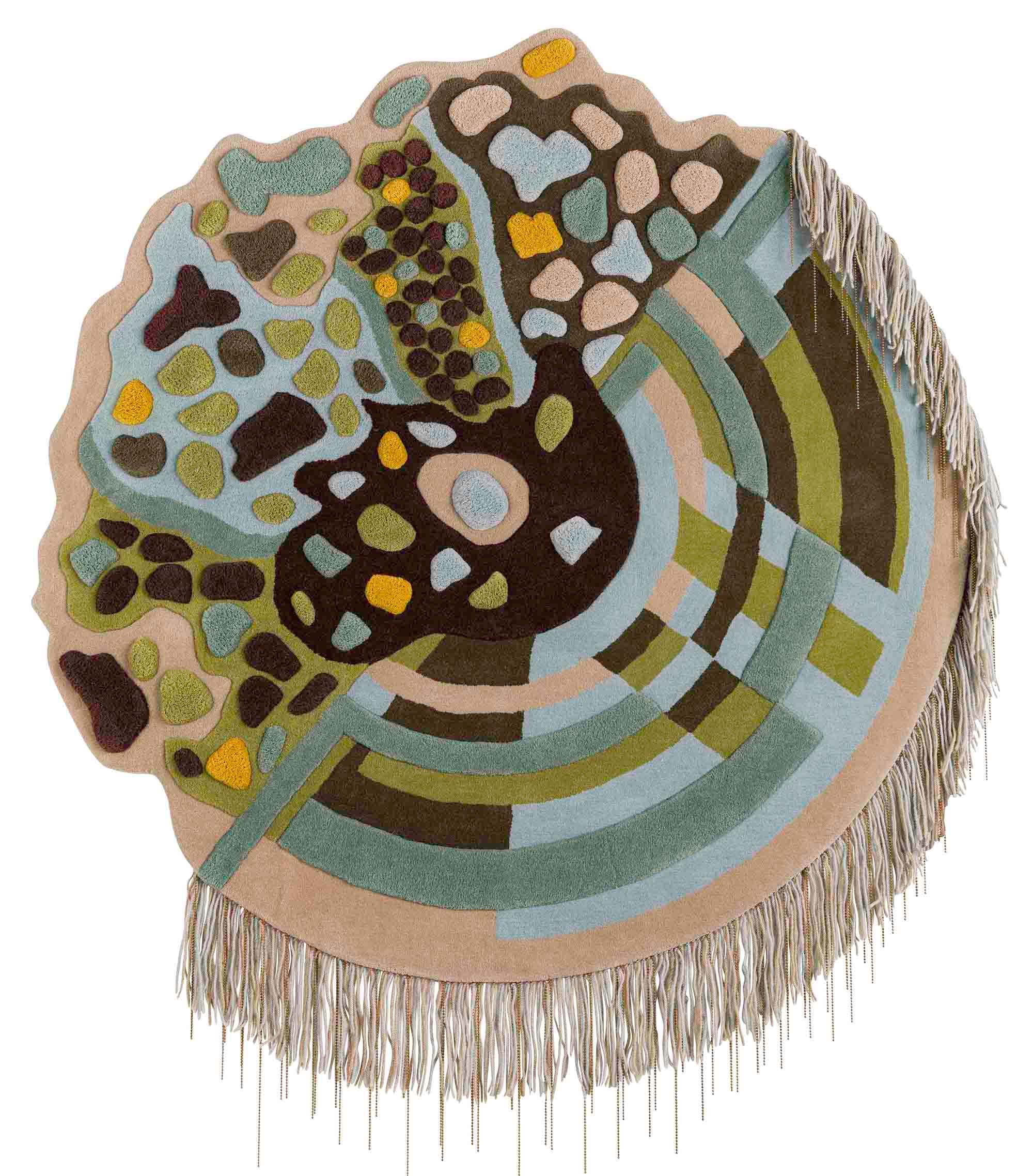
What is your creative process?
The inspiration comes from my life, my experiences and symbiosis research. Everything gets mixed up in my head and suddenly a clear idea of what the work should be. Over time these images become more and more concrete and I start making digital sketches. I know in advance what style and technique will best suit the idea.
Nature also inspired your life choices, like where you chose to live, right?
After the pandemic I discovered Oosterwold near Amsterdam and immediately fell in love with the place. I’ve lived here for two years and I really like the neighborhood. The city is very “wild” and many people here are open-minded, creative and nature-loving. I love walking around the city and the surroundings and observing all the flowers, trees, birds and even donkeys – I really found my home here. A few days a week I also work in a local biodynamic cafe, because I really like the social commitment. My dream is to build my own small octagonal house with a garden and lots of animals that roam freely. Although I also have mixed feelings about ‘claiming’ the land. As if we could reclaim the land… It belongs to us all. So hopefully I’ll be moving forever.
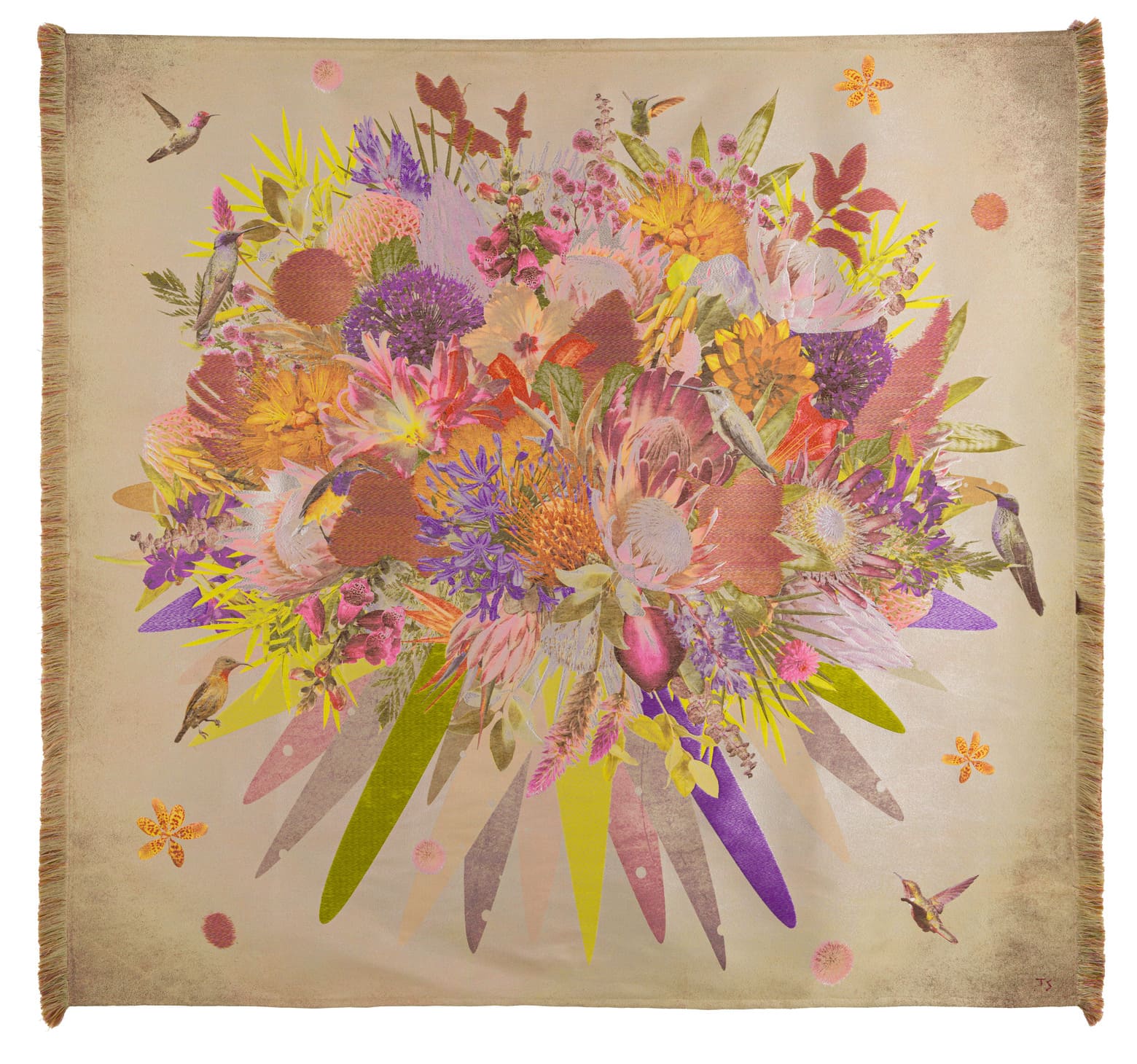
Can you tell us more about the concept of the exhibition The art of living together staged at the Rossana Orlandi gallery?
Rossana Orlandi was the first to accept my collection as a “whole”, and therefore I believe she really understood the concept and idea of my work: that everything is one and should be presented together in one space. I felt confident that I would fully express the meaning behind it all, as if the pieces of the puzzle had come together.
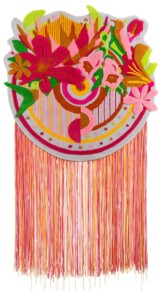
Patterns and prints are the most direct interface between fashion and textile design, and you know this well because you studied fashion design. Want to share your experience?
The concept of my current fabrics/work is very much related to my ideas and collections from earlier during my studies and I feel like I have picked up where I left off. Although, to be honest, I don’t have good memories of my time studying. It was a very difficult period, especially because of the design leadership and his behavior, which caused toxicity throughout the institution. Despite, or perhaps because of, I would like to work in the high-end fashion textile sector and use this medium as an art form for a promising future.
Living © ALL RIGHTS RESERVED
Living newsletter: styles and trends for your home

